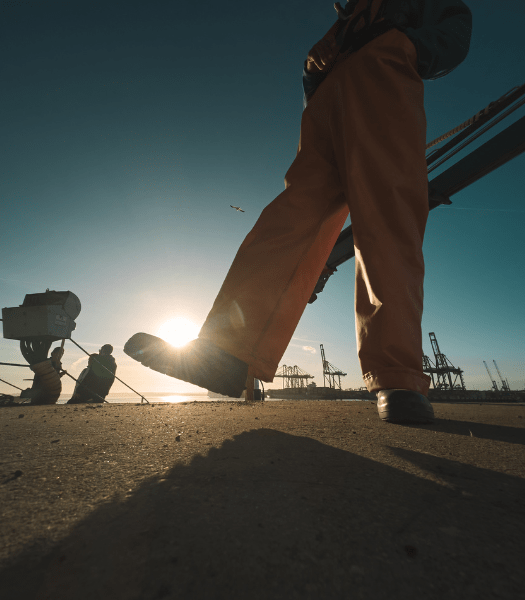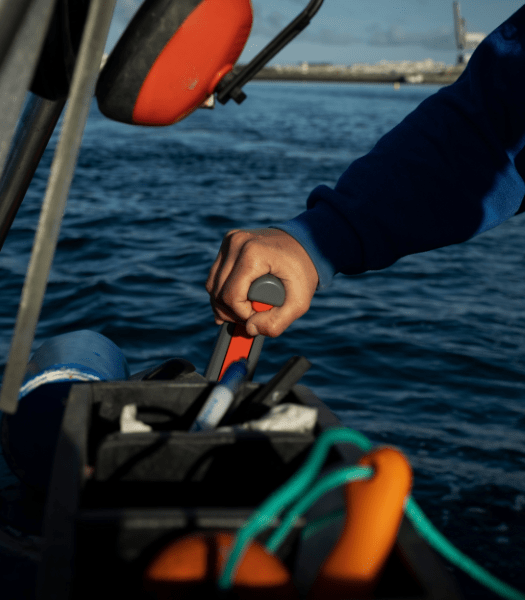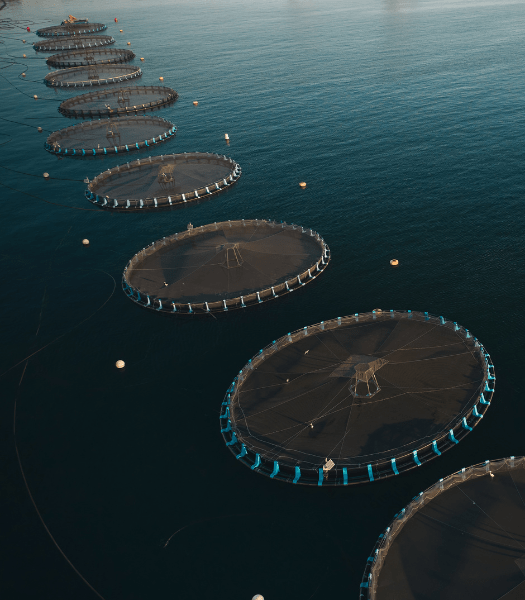Increasingly visible threats
The sea is also a key place where we may find answers to the climate crisis. The oceans as a whole are one of the lungs of the Earth – forests are the other – and the largest receptor of carbon on the planet, where more than half of global oxygen is produced and at least a quarter of annual carbon dioxide emissions are absorbed. The ocean also regulates the planet’s temperature, absorbing more than 90% of the excess heat caused by greenhouse gases resulting from human activities.
As the ocean warms, the water expands, the polar caps melt and sea levels rise, increasing the risk of flooding, of stronger and more frequent storms and hurricanes, bleaching and killing coral reefs and leading to more significant and more systematic development of often toxic algae.
In addition to these problems there are others all too familiar: intensive fishing, illegal fishing, maritime traffic, deep-sea mining and pollution.
Protecting the oceans means defending humanity. The good news is that there is still time. Not much, but some.



